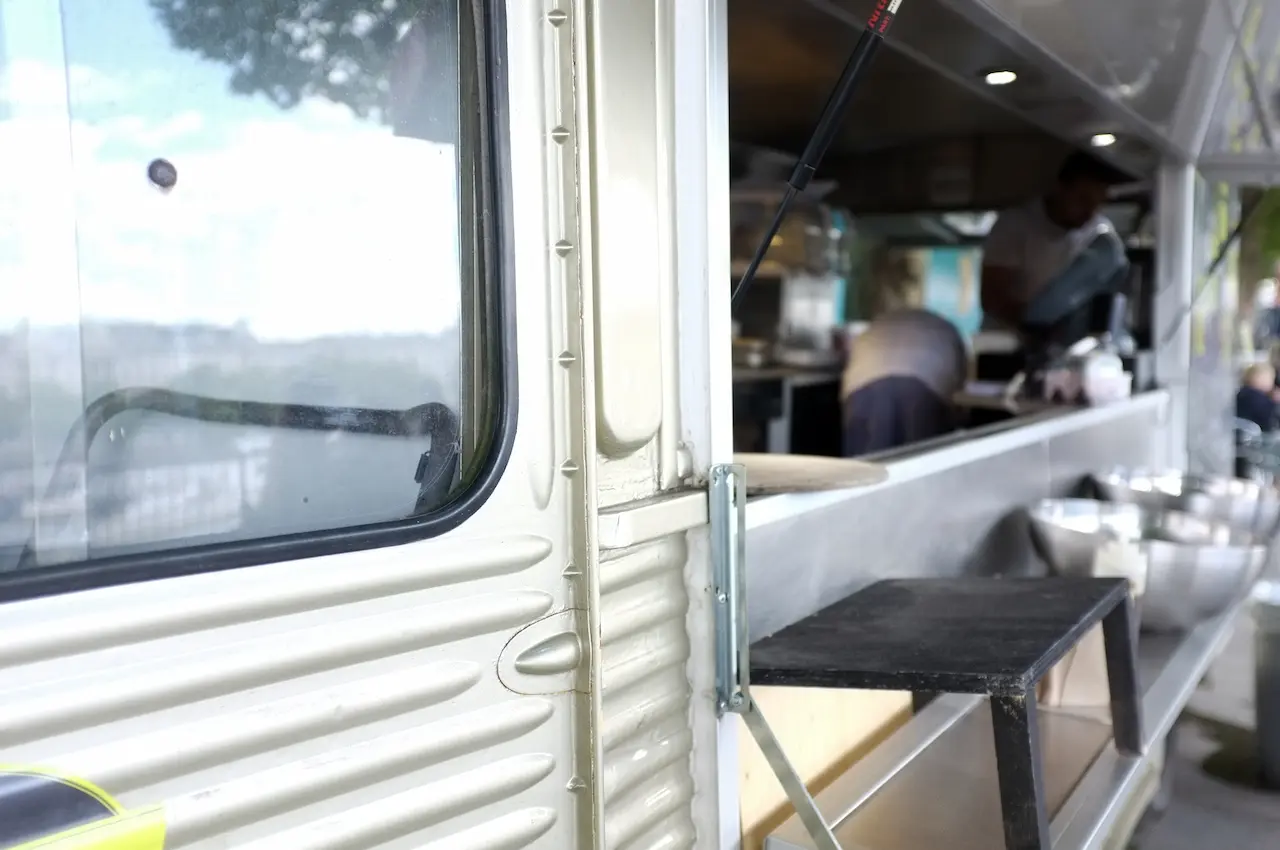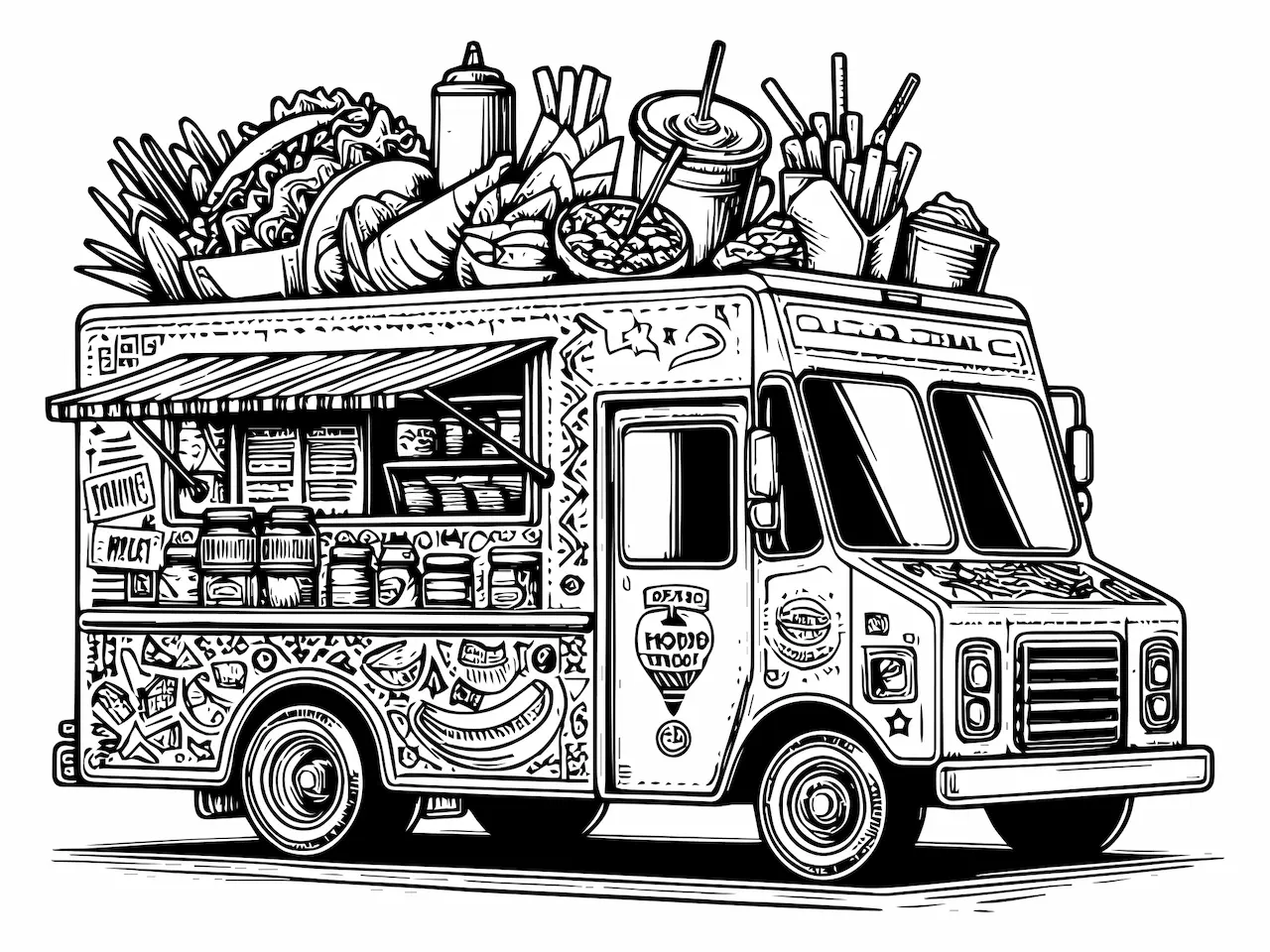Owning and operating your own food truck business can be highly rewarding. However, it’s also easy to overlook all the licensing and regulatory requirements that must be considered to operate responsibly. From food and beverage licensing and even kitchen safety and Occupational Health & Safety (OH&S) requirements, food truck owners must ensure their vehicle ticks all industry boxes prior to and during trading. By doing so, you can protect your business in the event that you’re found liable for poor or neglectful service, or even staff or customer injuries, property damage, and other operational risks.
Table of Contents
ToggleAs there are many different regulatory compliance considerations that must be made, it helps to focus on specific areas in depth to slowly build up your business foundations with confidence. Today, we’ll be focusing specifically on OH&S essentials for food truck businesses in Australia.

Public Liability Insurance
A public liability insurance policy is a vital OH&S consideration for any food truck operator. This type of business insurance cover is designed to provide your enterprise with financial support (including cover for legal costs) in the event that your business is subjected to litigation relating to a staff/customer injury, or to damage to third party-owned property as a direct result of activities related to your food truck business.
Hospitality businesses come with their fair share of risks, ranging from the dangers of food contamination and food poisoning, to potential physical injuries caused by staff negligence. It’s these unique risk factors that make public liability insurance a must for food truck operators from an OH&S perspective. With a suitable public liability insurance policy, you can better ensure the safety and security of your staff, as well as enjoy added peace of mind in the event of any potential stressful, time-consuming and costly legal claims.
Kitchen & Worksite Layout Planning
Part of any solid OH&S policy and procedures for a food truck business will naturally include accounting for the specific risks associated with working in a confined and/or mobile environment. Food trucks often have limited space available, meaning that your staff have to work in close quarters around hot surfaces like grills, sharp utensils like knives, and some electrical equipment.
The risks above make it vital to maintain clear walkways in your food truck, ensure that staff store sharp equipment securely, and design and maintain a kitchen layout that supports safer work practices. Your staff should be able to navigate from station to station with minimal risks of collisions and reduced inefficiencies. For this reason, it’s common to see food trucks with a linear flow from station to station, allowing food service teams to assemble customer orders independently or collaboratively, where one staff member is tasked with manning each separate station.

Staff Onboarding & Training
An efficient kitchen environment is like a well-oiled machine. Similarly, a responsible food truck owner and operator will ensure that only trained personnel are accessing and using their kitchens during trading hours. Staff should also be properly trained to operate all the machinery and equipment in your kitchen safely, and to recognise potential hazards such as hot oil, open flames, and trip hazards caused by cords or spills.
This training should be backed up by industry experience wherever possible. If you are, however, hiring an apprentice chef who may be learning on the job, then it’s imperative that you invest in strong onboarding materials to ensure your new hire can get up to speed and aren’t at risk of being a liability to the health and safety of your wider team or even to your customers.
Hygiene & the Use of PPE
Maintaining a clean and hygienic workspace in your food truck business is not just a matter of food safety—it also contributes to general workplace health and safety. You should implement regular cleaning schedules that are followed rigorously, including frequent deep cleaning of grills, fryers, and rangehood exhaust systems to reduce fire risk.
Your food truck should also be stocked with proper personal protective equipment (PPE) for staff such as gloves, aprons, hair nets, and non-slip footwear. These items will help to prevent injuries and cross-contamination, which is especially important in such tight confined spaces like a food truck.
Adequate Ventilation
Ventilation is another key concern for food truck OH&S. With gas cooking appliances, fryers, and grills often operating at the same time, ensuring adequate airflow in your food truck is critical.
Installing proper exhaust fans and range hoods, and cleaning and maintaining them regularly will help to reduce the build-up of smoke and fumes, protecting your workers from respiratory issues and improving overall air quality inside the truck.
It’s also essential to keep your ventilation systems clean via regular maintenance and servicing, if need be. Failure to do so can result in poorer air quality in your kitchen environments, and potentially elevated fire risks due to air pollutants and grease build-ups.
Manual Handling Safety
Manual handling is a frequent part of food truck operations, from staff lifting gas bottles to loading supplies before an event or night of work. As such, your staff should be trained in safe lifting and manual handling techniques and, where possible, use trolleys or other lifting aids to minimise strain and reduce the chance of injury.
Manual handling considerations must also be made when designing shelving and storage in your food truck kitchen space. For instance, if wet ingredients are stored in large tubs overhead, there are risks of these tubs being toppled when lifted up and down.
Similarly, fire extinguishers and first aid kits should be stored in easily accessible areas and without any obstructions that must be removed first. Alongside risks of non-compliance to Australian fire safety standards, heavy obstructions that prevent access to fire suppression systems have the potential to cause injury to staff in the event of a fire-related emergency.
Climatic Considerations
Weather conditions present an additional challenge for mobile food truck vendors. On hot days, heat stress can become a serious issue for staff working inside a food truck, so it’s essential to allow for breaks, keep staff hydrated (perhaps by allowing free drinks), and monitor working conditions closely.
Wet, cold or windy weather may also affect equipment stability and customer safety outside the truck, so securing items and managing queuing areas safely and appropriately is essential for OH&S. This is also why food truck owners will also secure a spot for their vehicle in a local food truck park for the cooler months, as customers are more likely to frequent your business in winter if they can do so from the comfort of an established food truck park.
With these extreme weather considerations made, you should also strengthen your chances of enjoying consistent business year-round.
Ensure your Food Truck is Fully Compliant with OH&S Requirements
Starting your own food truck business doesn’t need to be overly complicated – even when it comes to ensuring regulatory compliance. With the right approach to your OH&S policy and procedure development, you can ensure your safety measures cover all identified risk factors as well as supporting the health and safety of yourself, your wider team, and your valued customers.
